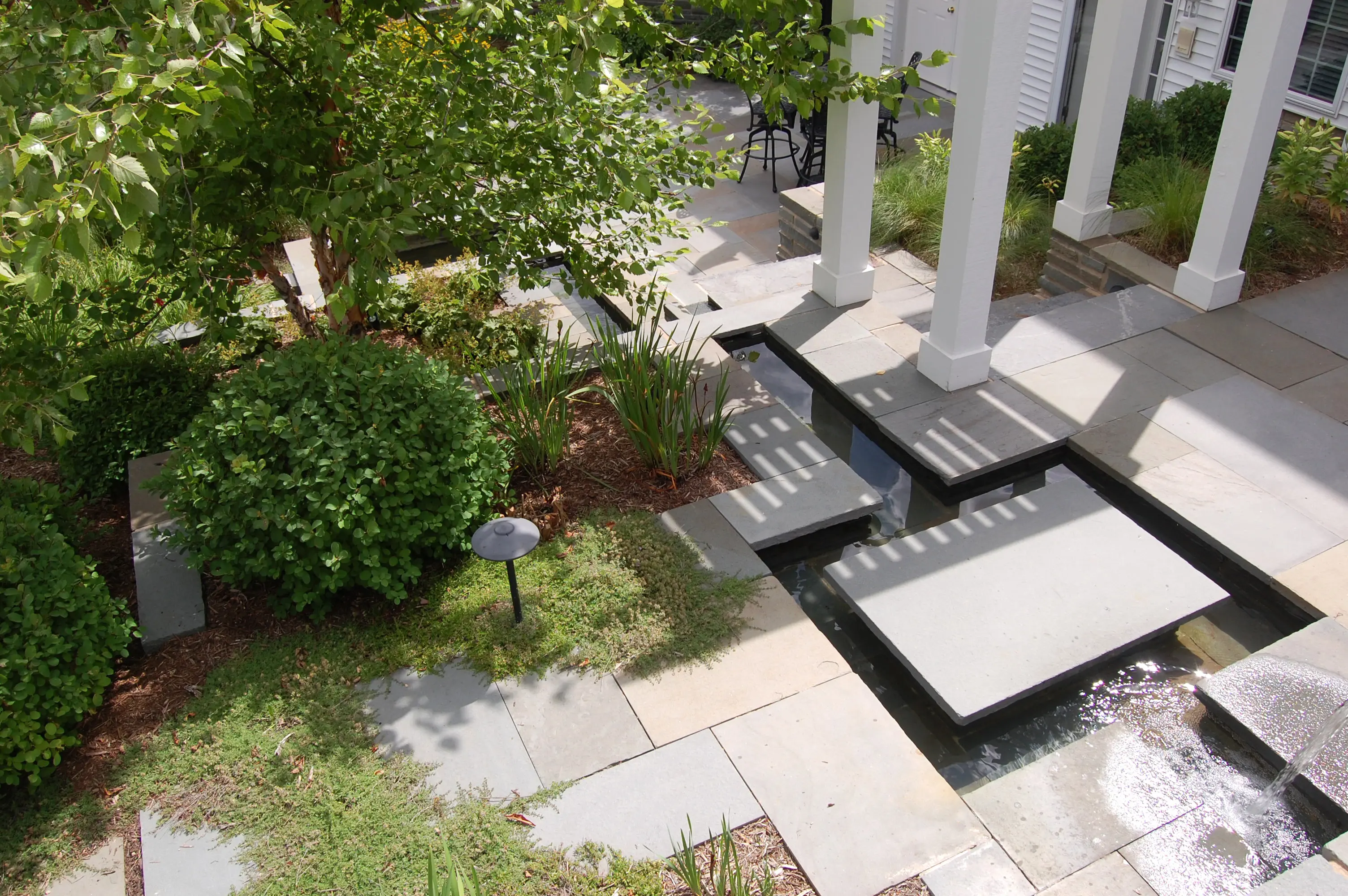
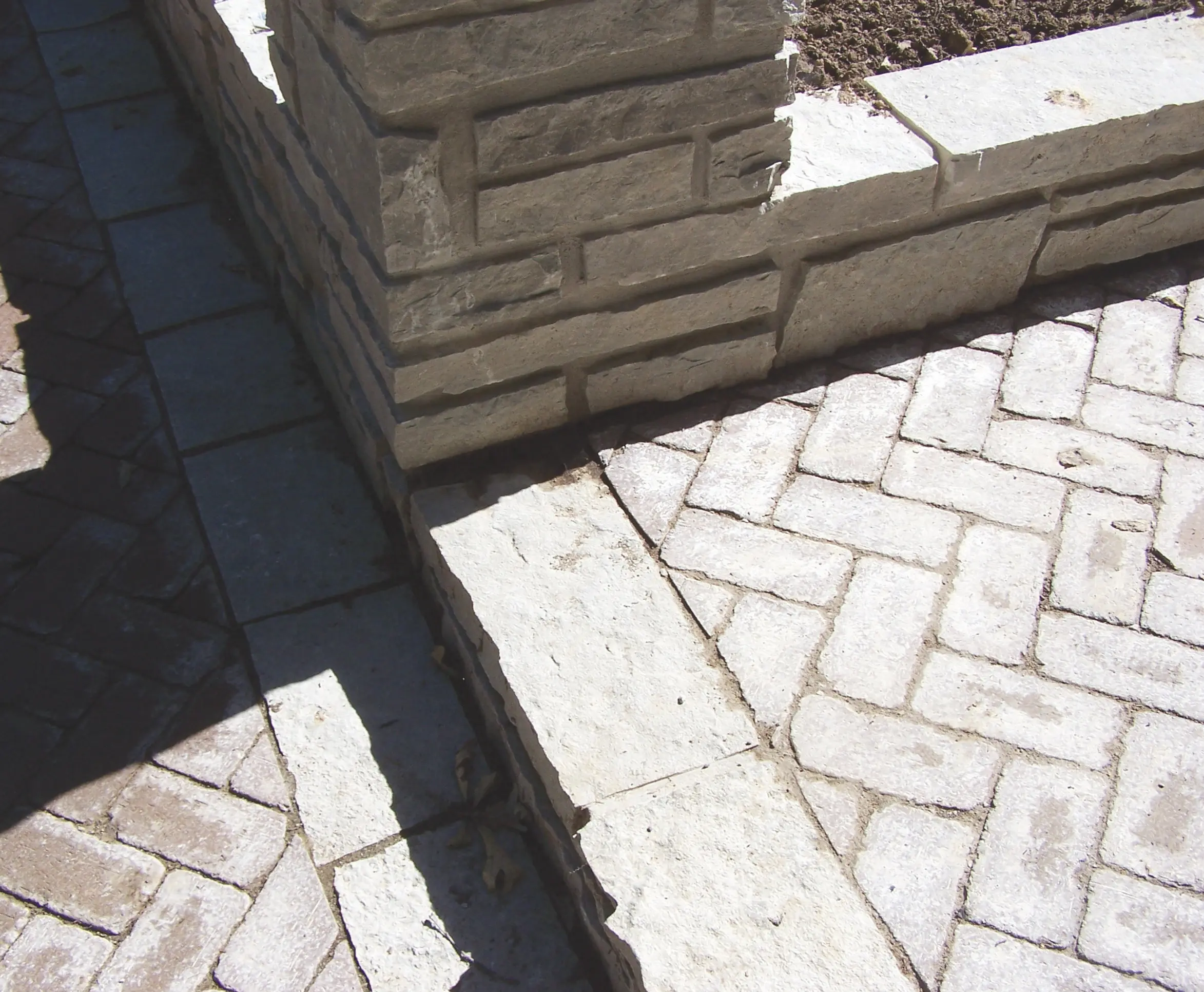
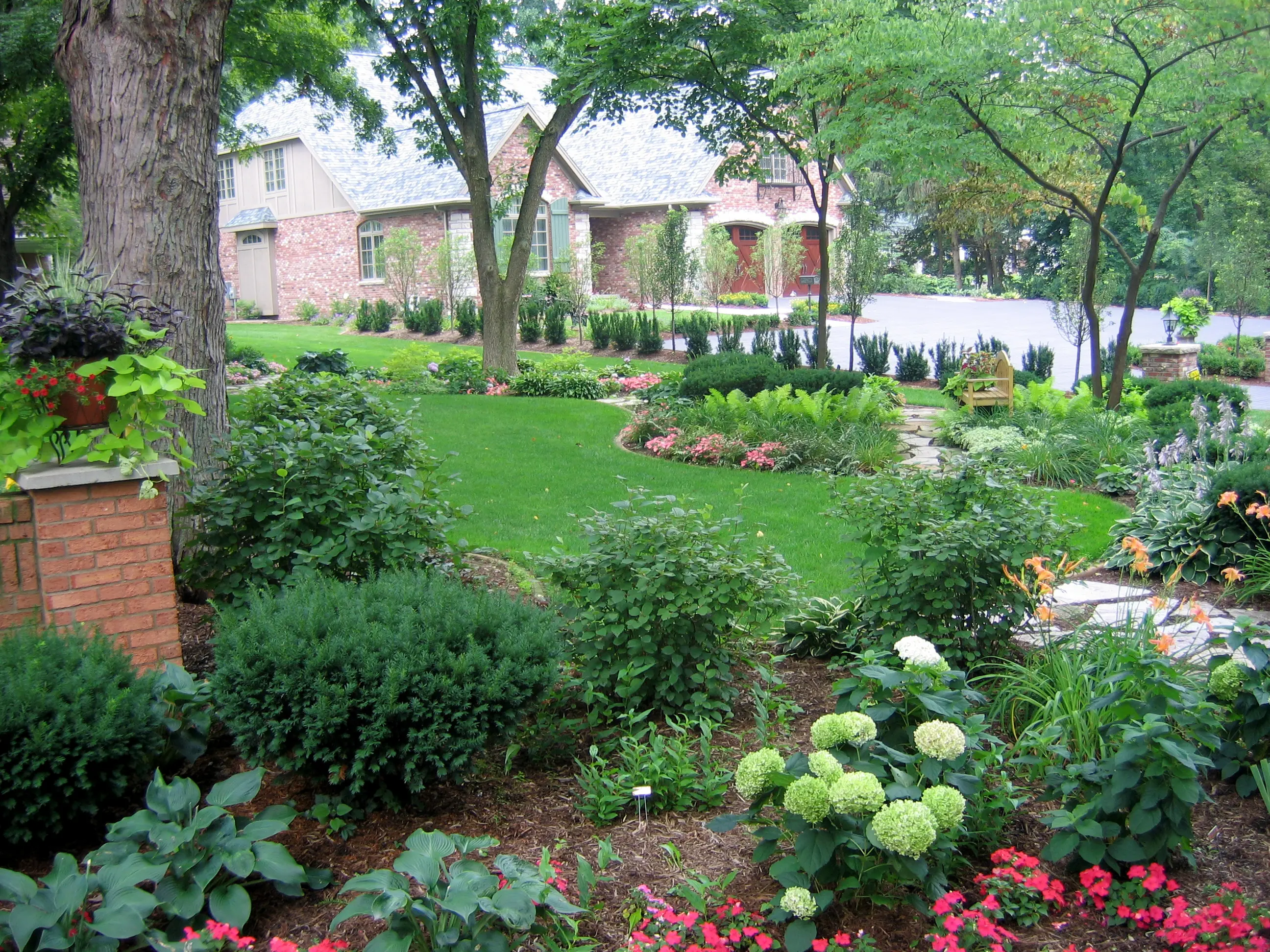
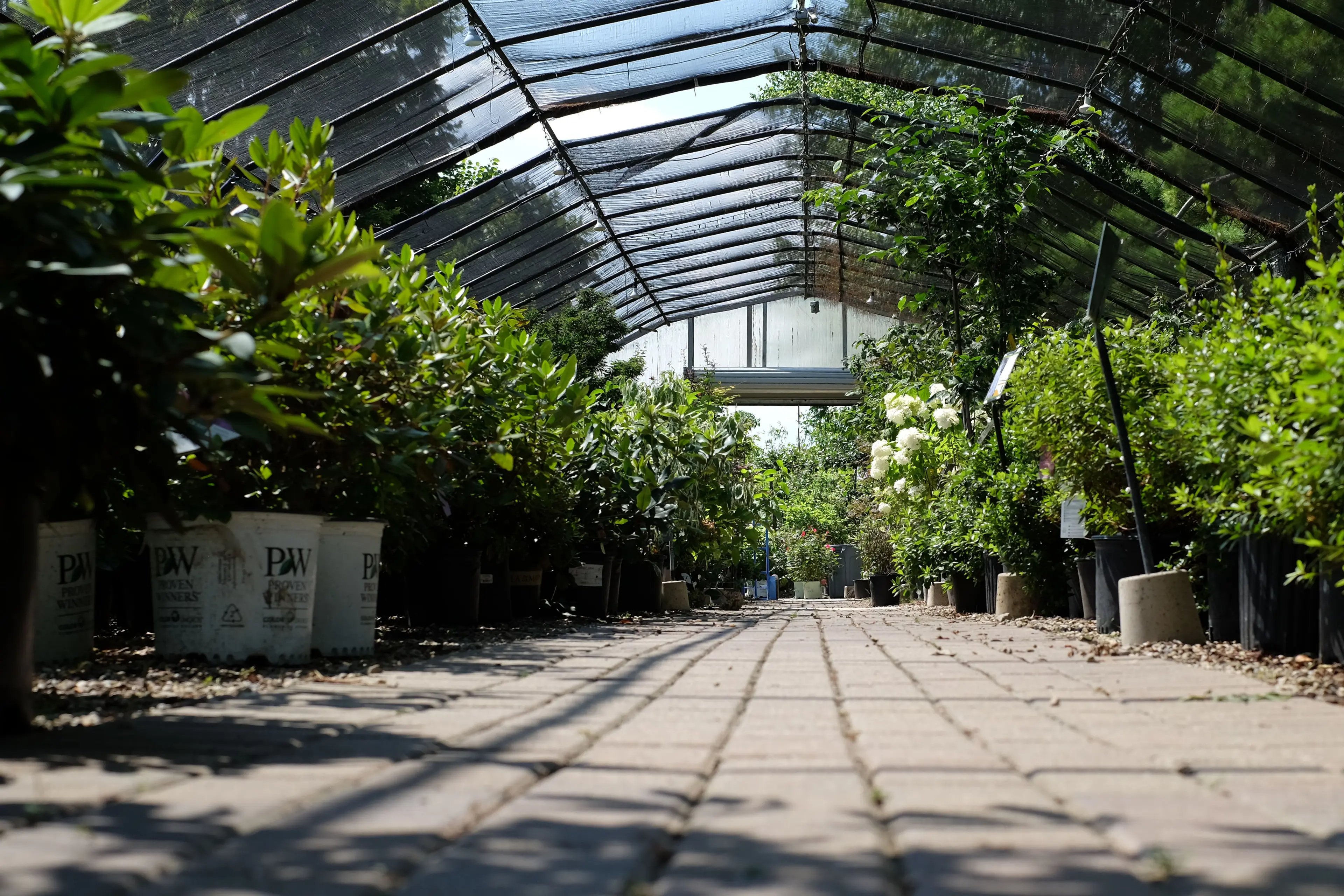
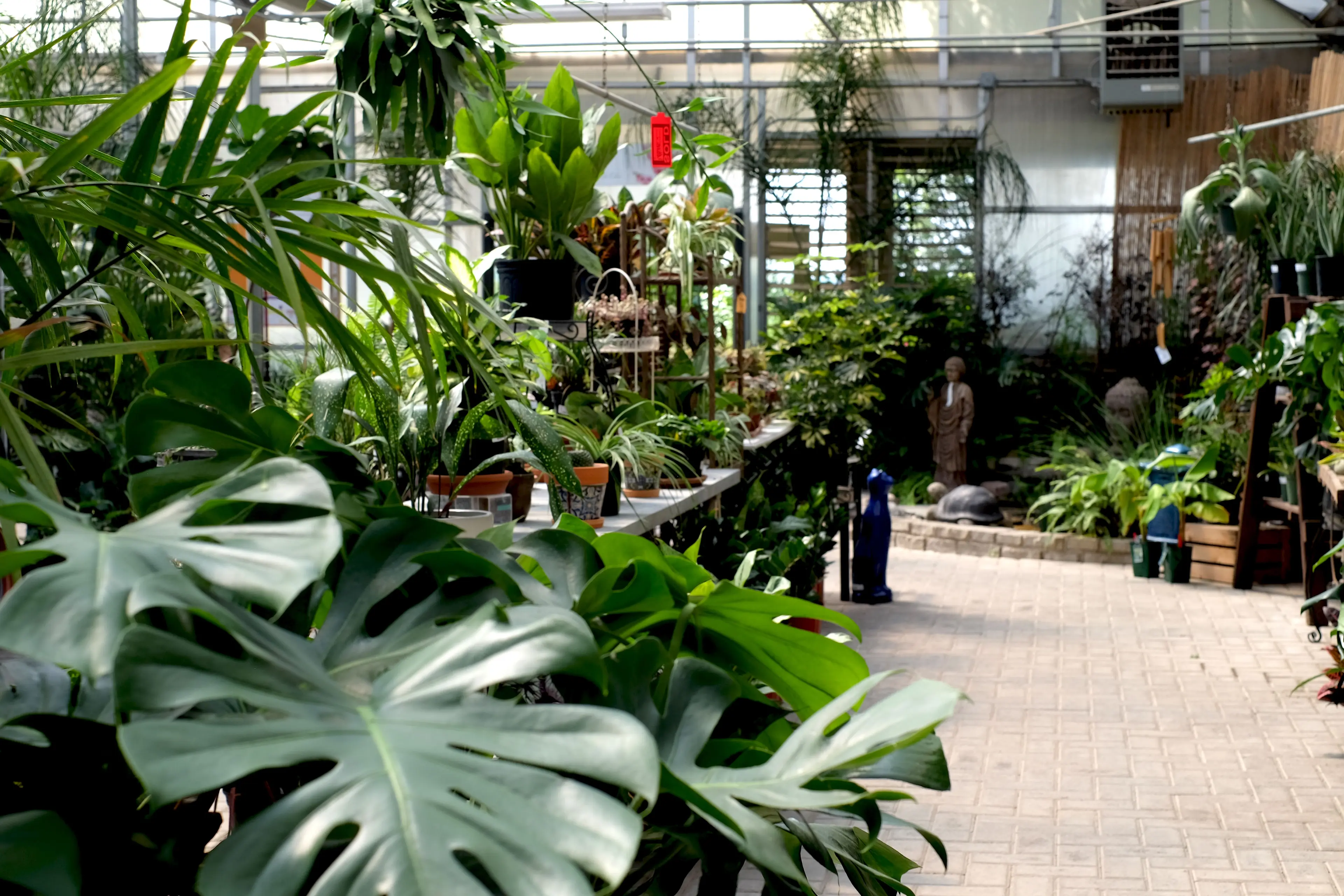
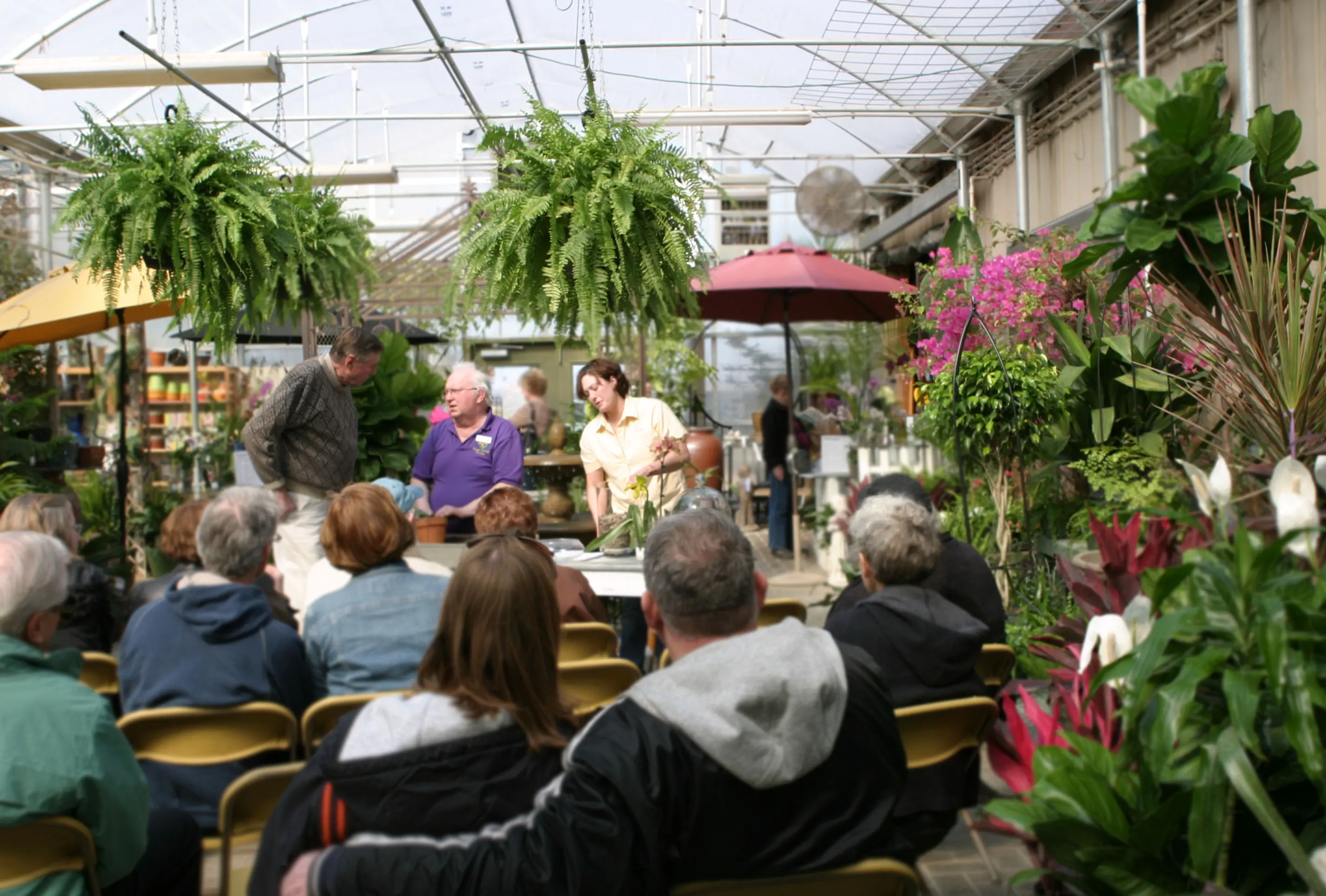
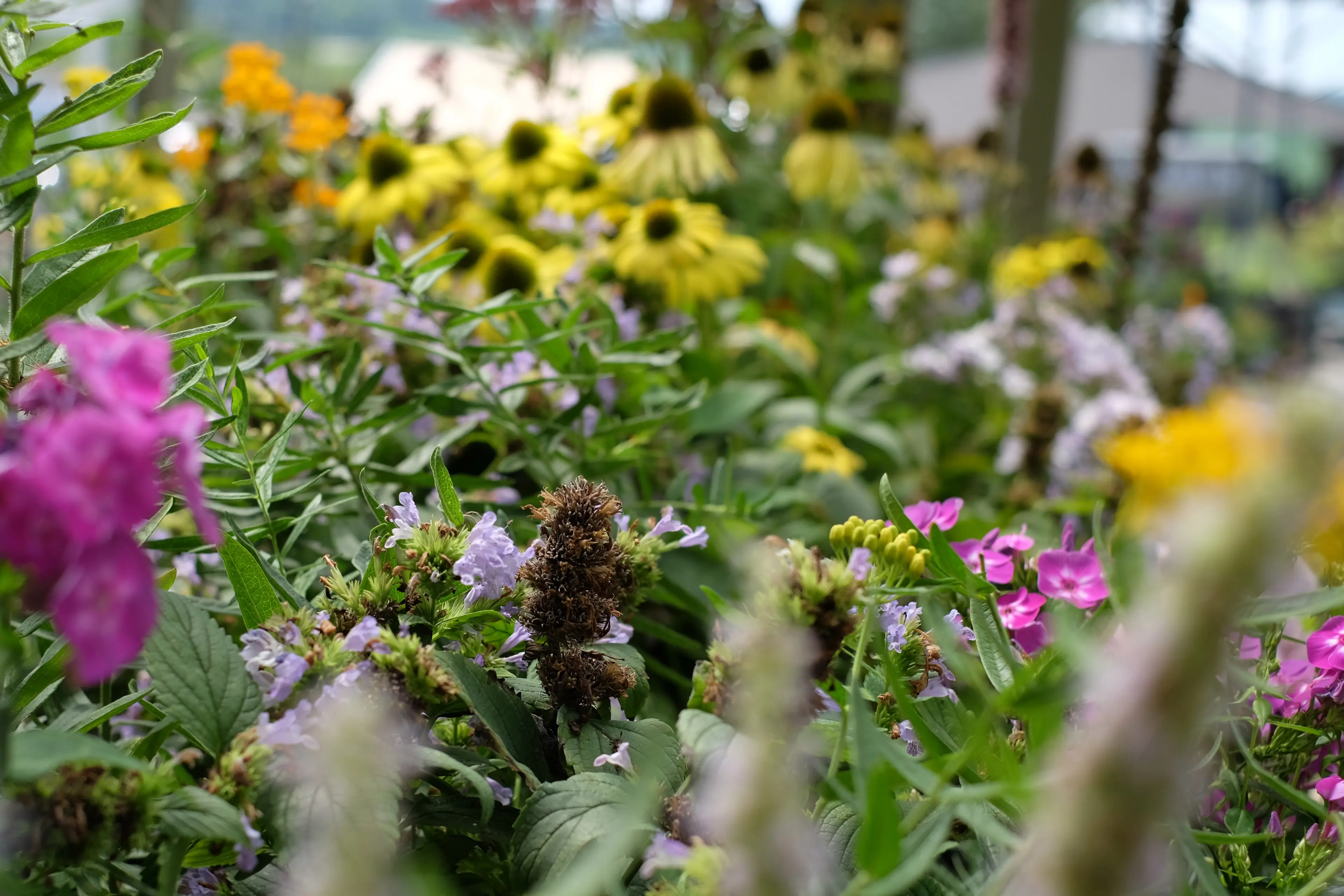

Garden Center
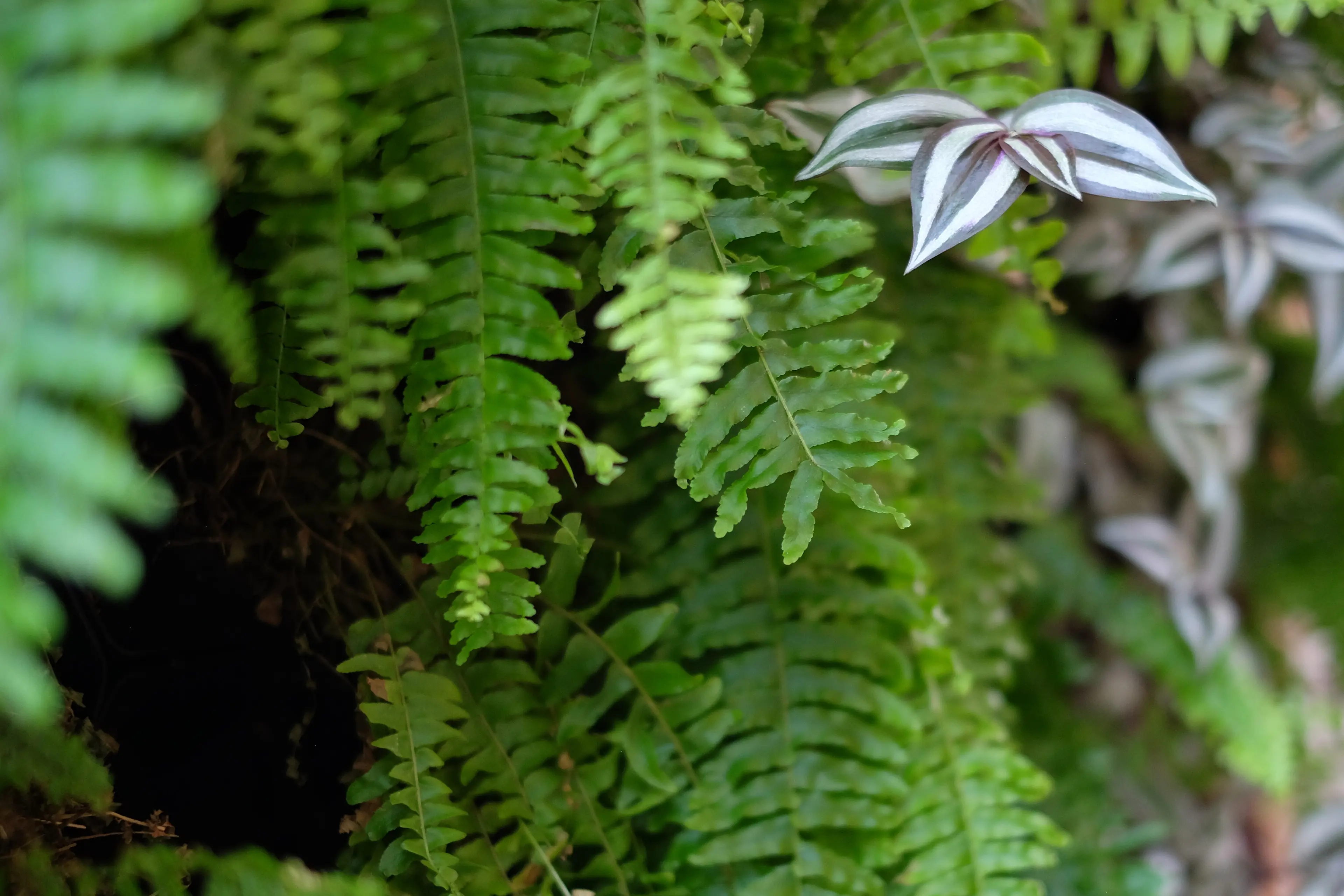
Increasing Humidity (plus tips to improve tap water!)

Mimicking the Jungle
Ever wonder why the plants in your garden die back to the ground in the winter, while your indoor plants stay green all year long? Put simply, it's because the plants that grow outdoors in Illinois have adapted to our harsh winters. More than tolerating them, the perennials that grow in our zone actually require the winter rest in order to store energy for a push of new growth in the spring!
Meanwhile, in tropical areas of the world where temperatures never fall below freezing (and sometimes even their lowest winter temperatures will hover closer to 60 degrees), the native plants don't need to die back to the ground in order to go through a resting period. In fact, as of the publication of this article in late February, your indoor houseplants are actually going through their own kind of winter rest! You might have noticed a slower growth rate (or no new foliage at all for a couple of months), a final blooming period of the year for plants like orchids and African violets, and a reduction in signs of thirst.
Despite the fact that it continues to creep below freezing here, there are ways to help your tropical friends feel right at home in your sunroom throughout the winter. One of the best ways to do so is to increase and facilitate adequate humidity.
Benefits of Humidity
So, what is humidity? Basically, humidity is a measurement of water vapor in the air. Humidity benefits plants in many ways, but here are some of the most important ones:
- Humidity encourages strong roots and well-developed foliage. Plant leaves have microscopic pores that release water vapor into the air in a process known as "transpiration." These same pores control the release of oxygen and intake of carbon dioxide. When the air surrounding a plant is too dry, the plant will attempt to humidify its immediate surroundings by pulling water up from the roots and expelling it into the air via the leaf pores. If the soil dries out and the air remains too dry, the plant will lose luster and become brittle, leading to stunted growth and damaged, unhappy roots.
- Constant humidity enables plants to grow faster. If humidity can be successfully regulated, your plants will achieve a relative homeostatic relationship with their surroundings and be able to use their leaf pores for the process of photosynthesis, wherein sunlight is converted into energy, and nutrients and water are converted into new foliage, roots, and flower stalks!
While too much humidity can be a bad thing (by facilitating fungal growth, damaging wood surfaces, and causing plants to rot) it's impossible to achieve such a level with the tips listed here. Go nuts and try them all out!!
How to Increase Humidity for your Indoor Houseplants
- A good, old-fashioned tabletop humidifier is a great option for increasing humidity. They are economical, usually have adjustable air flow options, offer dual-functionality as a night light, and some even have bonus features like diffusing essential oils.
- Tabletop humidifiers require little maintenance, just an occasional rinse with vinegar solution to keep calcification at bay (if you're using tap water).
- While they do require an outlet, they often make up for the electrical usage by providing a constant stream of vapor for hours on end.
- Use a pebble tray.
- Stand your humidity-loving plants on or near saucers full of porous rocks with a constant level of standing water, enough that the pebbles are all soaking, but not so much that the water is touching the bottom of the planter.
- The water is absorbed into the rocks or pebbles, and as long as their tops are exposed to the air, water will continually evaporate from the surface of the stones and humidify the surrounding area!
- This is a great use for LECA balls, which are little unglazed balls of clay often used as a soil amendment to increase structure. You could also use shards of broken terra cotta, which offer a decorative appearance and can bring new life and functionality to a pot or saucer that's accidentally taken a fall.
- Cluster your plants together.
- Because plants are constantly "breathing" humidity in and out, you can keep your humidity-loving plants (like philodendrons and ficuses) close to one another so that their water vapor is continually recycled. This can extend the timing between your waterings.
- Consider a cloche or terrarium for small specimen plants.
- A cloche, otherwise known as a bell jar, is a piece of glass shaped like a bell that can be set over the top of a plant, resulting in effects very similar to those of a terrarium. Ideal for small plants that require ample humidity, such as jewel orchids and ferns, a cloche is a great option for tabletops and small spaces.
- If you want to try your hand at small-scale biospheres or encapsulated planters, especially those that require high humidity, you could try your hand at making a terrarium. Choose plants with small foliage that love heat and close quarters, like the velvet leaf philodendron, fittonia or "nerve plant," and small-leaved begonias, and plant them in a large glass container with a lid.
- Use a spray bottle or mister to mist the air around your plants.
- This option works better for some species than others, and should never be done for plants placed in areas where they will receive direct sun. Water droplets work like tiny magnifying glasses on plant leaves and can scorch your plants!
- Certain species, like African violets and strawberry begonias, should never have their foliage misted, because water resting between the leaves or at the crown of the plant can lead to discoloration and rot very easily.
Each method listed here can easily be adapted for your schedule or lifestyle, so try out a few and discover which have the best results for your plants! You may introduce more than one technique to your routine!
How to make tap water work for you

If you've ever gulped down a glass of water from the sink in the middle of the night, you've probably noticed that it can have a slight chlorine-y flavor. That's because municipal water is treated in order to keep microbes and toxins out! While the residual taste of these chemicals is basically normal to us, our plants, which would naturally drink in fresh rain water from daily tropical storms, are much more sensitive to tap water additives than we are. All of this being said, tap water is a tried and true resource for watering indoor plants and should not be considered an "incorrect" or "wrong" practice, especially considering how accessible and easy it is.
One other important consideration to make is that if you use a water softener, your tap water will eventually lead to salt build up in your soil, which can cause issues with your plants down the line. If you use a water softener, consider an alternative to using your tap to water your plants -- although your tap water will always be fine in a pinch!
- Fill up empty milk jugs or old water containers with tap water and let them sit out for at least 24 hours before using in order to allow the chlorine to dissipate. This is an easy way to guarantee you have a fresh supply of water on hand to splash on dry-looking plants!
- Some gardening blogs even suggest using 2-3 drops of peroxide, added to a gallon of water, to release chlorine more quickly by agitating the surface of your water!
- Another easy option is to boil your water and allow it to cool before using it on your houseplants.
- Visit a thrift store and see about picking up a pre-loved filtering pitcher and designate it for watering your plants! You can get away with reusing a single filter much longer than you would for drinking water (replacing every 6 months instead of 2-3), and you can rest assured that you're keeping salt and chlorine out of your soil.
While using clean, distilled water is still considered the most optimal way to water your indoor houseplants, there are plenty of cost-effective solutions to the problems that arise when you use exclusively tap water to quench your indoor houseplants.
As always, thanks for reading! Our greenhouse staff is happy to assist with questions relating to houseplant care and treatment, so please don't hesitate to reach out if there's ever something we can do for you.
Hope to see you in the greenhouse soon!